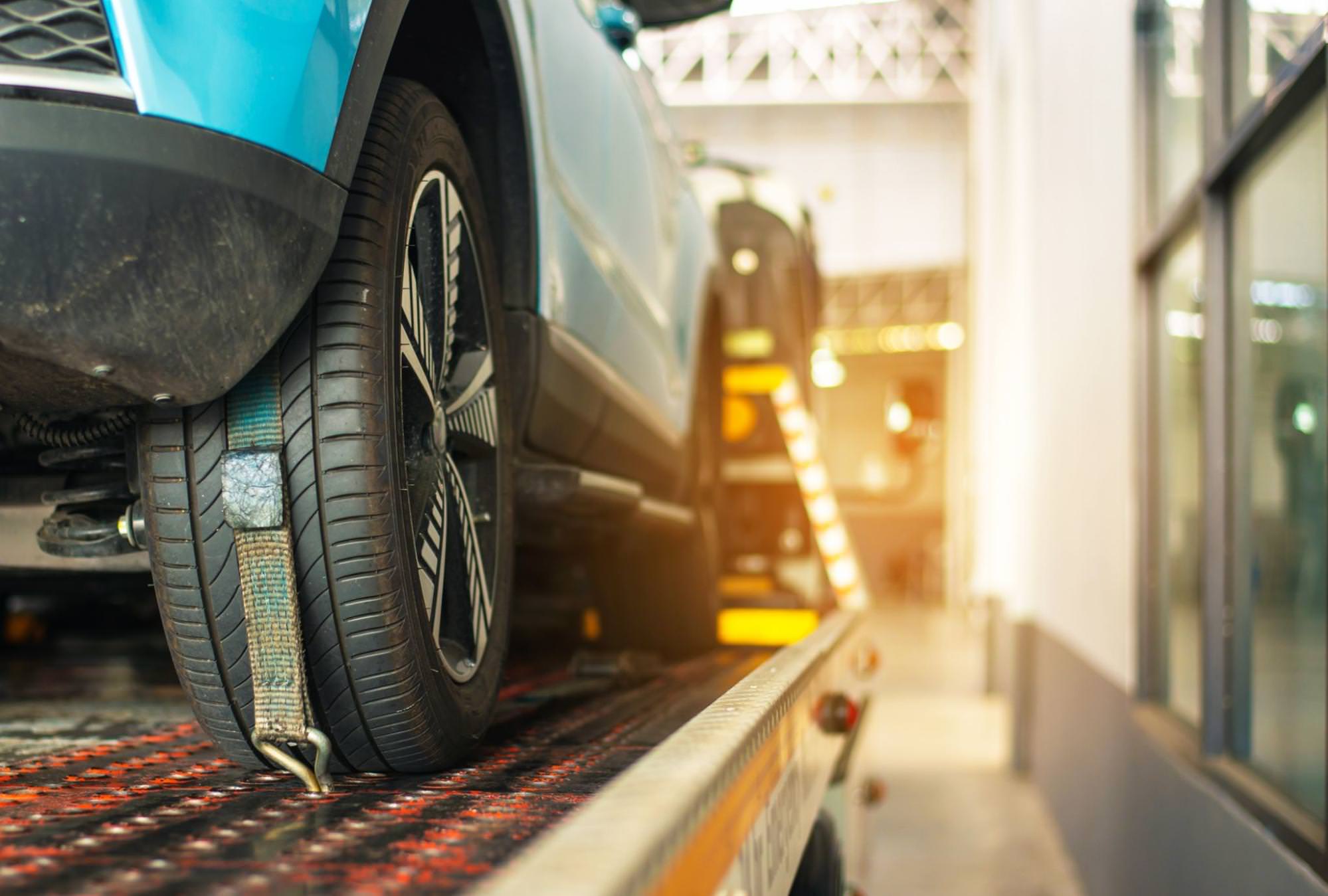- Blog
- Transporting and Shipping Multiple Vehicles Within EU
Transporting and Shipping Multiple Vehicles Within EU
Learn how to ship multiple cars within the EU. Find the fastest, safest, and most cost-effective methods for transporting vehicles from auctions to your dealership.
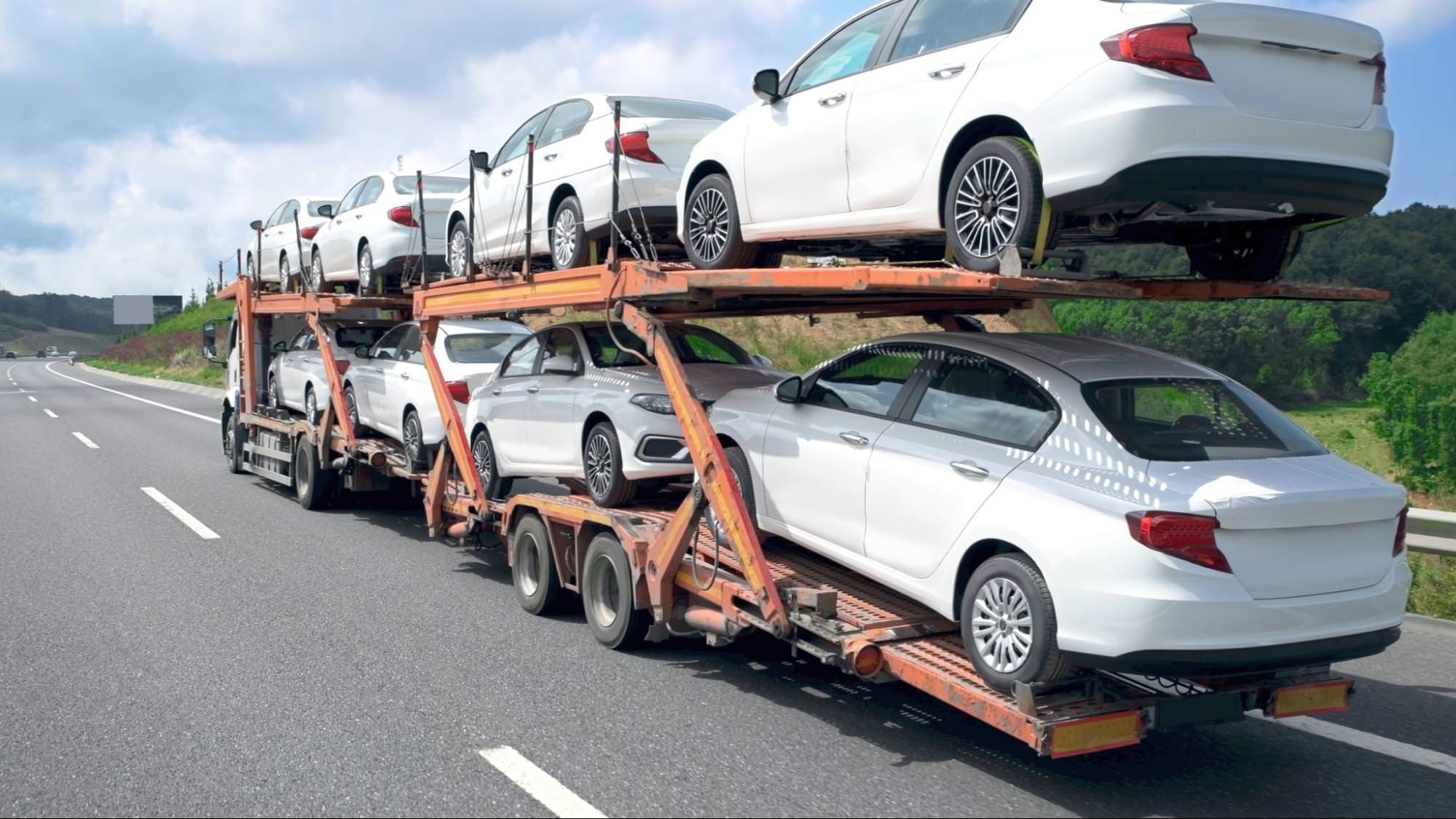
Buying more than one car from online auctions and need to transport them across Europe? Whether you’re in the business of selling cars, repairing cars, or renting them, you’ll eventually need to transport the vehicles you bought to your dealership or automotive business.
This guide is here to tell you everything you need to know about shipping multiple cars in the EU. We’re talking about simple, straightforward advice that gets right to the point.
Let’s start!
Transport Methods and Comparisons
Let’s take a closer look at your options when it comes to moving multiple vehicles.
What are the different ways to transport multiple cars within the EU?
There are a few ways to transport cars between dealerships. You can go for a big transport truck that carries multiple vehicles, order delivery straight from the auction platform, or even pick the cars up yourself if it's not too far. Each way has its pros and cons, but they all work.
- Truck transport: Imagine a multi-level parking garage on wheels. That's your truck transport. It's the best option for door-to-door service and can handle everything from a couple of cars to a full truck. Trucks are versatile, fast, and very cost-effective.
- Delivery organized by the auction platform: Some auction platforms, like eCarsTrade, offer delivery options for an even smoother and simpler purchasing experience.
At eCarsTrade, all you have to do is request a custom quote from your Account Manager. This option usually utilizes the same truck transport we mentioned above, but in this way, you don’t have to contact a truck transport company and arrange all the details yourself.
We do everything for you! If you’re purchasing vehicles through another platform, check in advance if they offer any sort of delivery options.
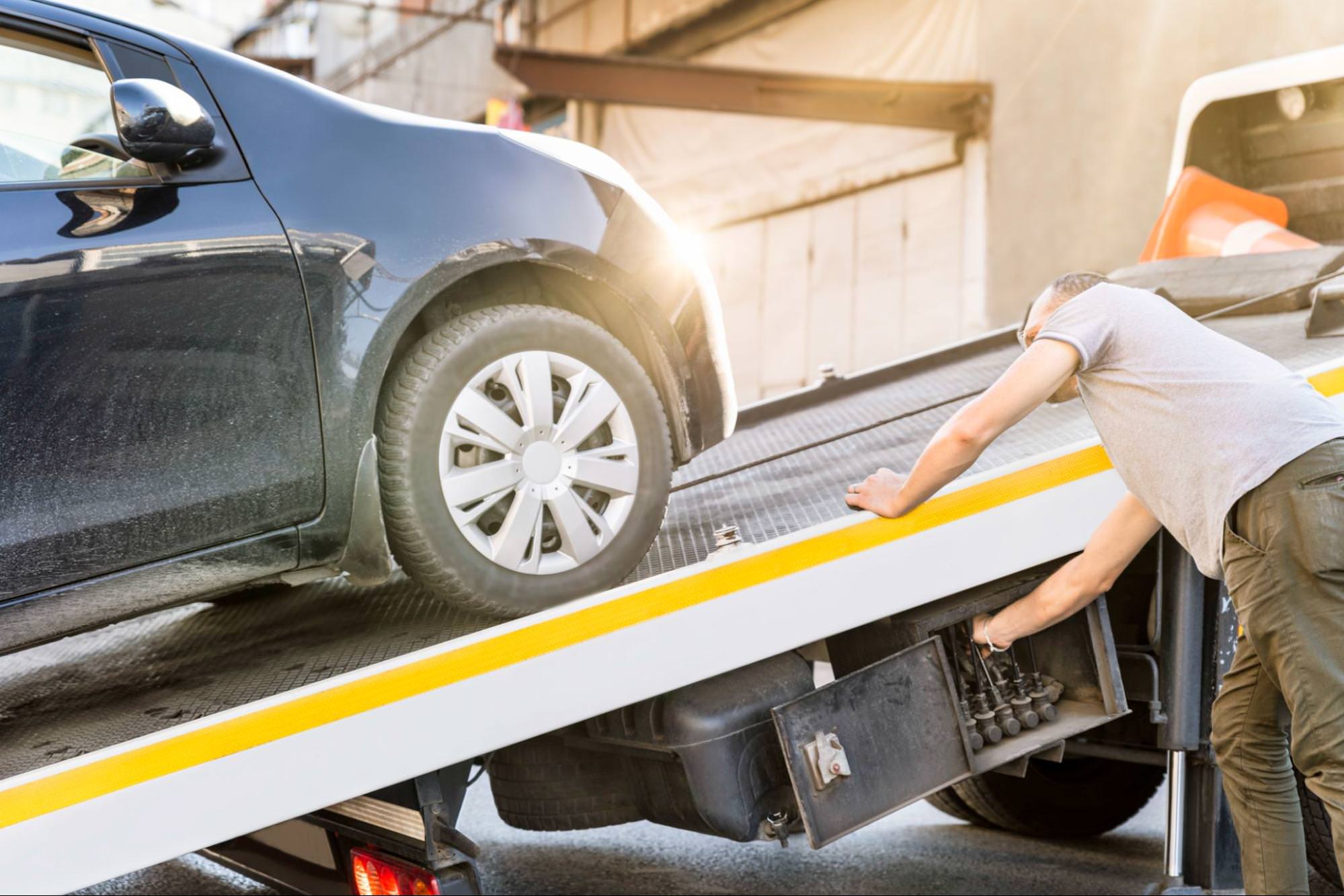
- Picking the vehicles up yourself: This option only really works if you’re picking up one vehicle. That way you can rent a car trailer and load the car onto it.
For this option, you will need transit license plates and provide documents proving the trailer is owned or rented by your company. It’s ideal for shorter distances and/or when you are buying just one vehicle.
- Ships & trains: Honorary mention goes to ships and trains, although these two options are not really viable for dealerships within the EU, where virtually all car transport is done by trucks.
How do different shipping methods compare for bulk car transit?
Choosing between organizing a truck transport yourself, ordering delivery of your vehicles through the auction platform, and picking up the car depends on your priorities:
- Speed: Trucks offer the quickest door-to-door delivery since they can go directly to the destination without fixed routes or schedules - regardless if you’re researching truck companies yourself or ordering delivery from the auction platform.
Picking the vehicles up yourself might turn out to be very time-consuming since you’ll need to arrange all the formalities yourself - like transit license plates and renting or buying the necessary transport equipment.
- Cost: Researching a truck transport company yourself gives you the option to compare several quotes and find the most cost-efficient solution for you.
- Convenience: If the distance is short, picking up the vehicles yourself can turn out to be convenient, but an integrated delivery option by your chosen platform always wins when it comes to pure convenience.
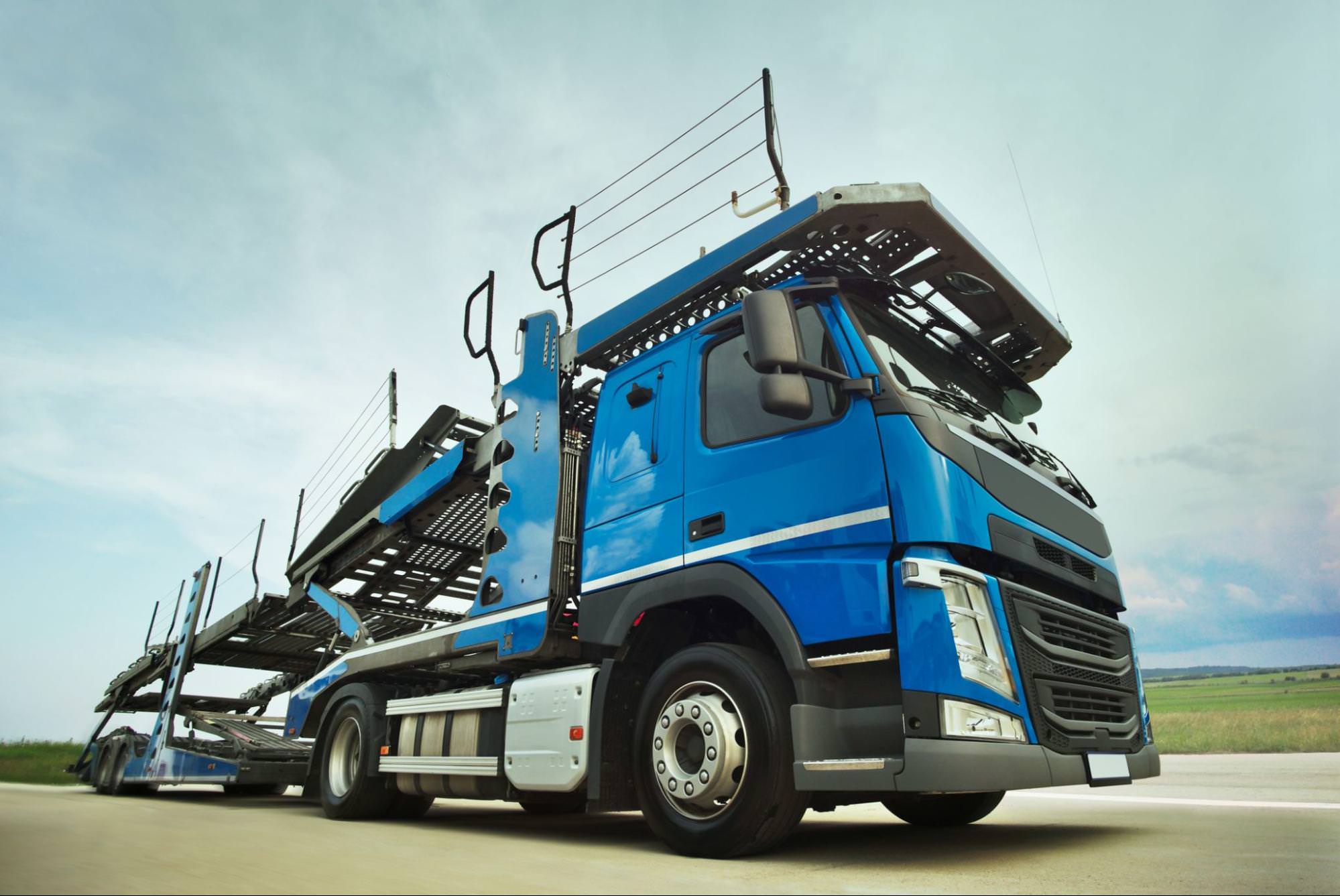
► What is the fastest way to transport multiple vehicles?
Truck transport typically wins the race against time, offering the most direct and flexible route to your vehicle's new location.
► What is the cheapest way to transport cars?
Truck transport again wins in this category as well! Truck transport usually takes the prize for being the most cost-effective, especially when you’re looking at moving cars over great distances within the EU.
Safety and Compliance
Making sure your vehicles arrive safely and comply with all regulations is, as you would guess, really important. Here’s how to keep everything in check:
How to ensure the safety of transported vehicles?
If you’re ordering a truck transport yourself or through the auction platform, the biggest thing you can do is make sure you’re choosing a reputable transporter / auction platform. Look for providers with a good reputation, positive customer feedback, and all necessary insurance and licenses. You will also have to:
- Fill out the Pick-Up Authorization with details of your chosen transport company.
- Inspect the cars upon their arrival and send the CMR signed and stamped indicating everything is alright.
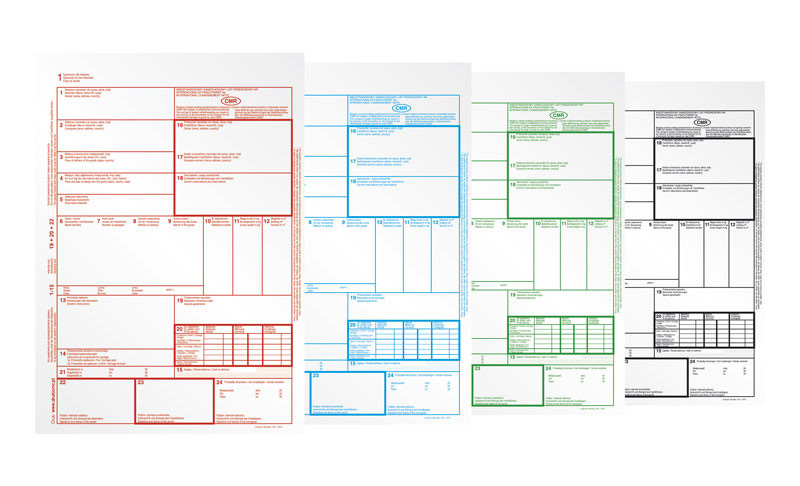
Familiarize yourself with four different copies of the CMR document
If you’re picking up the vehicle yourself with a rented or owned car trailer, make sure to:
- Inspect your vehicles before transit: Document their condition with photos and notes. This serves as a baseline to identify if any damage occurs during transport.
- Secure loose items: Make sure the interior doesn’t have any loose objects that could cause damage.
- Check for leaks: Any fluid leaks could not only damage your vehicle but also those around it.
- Disable alarms: To prevent battery drain or disruptions during transport.
- Check tire pressure: Properly inflated tires can help avoid damage during loading and unloading.
- Secure or remove accessories: Any external accessories (like spoilers or mirrors) should be securely fastened or removed.
What environmental regulations should be considered in multi-car transport?
The EU is serious about reducing emissions, and vehicle transport is no exception. You as a car trader don’t have a lot of impact on this, but you can opt for options that are more environmentally friendly than others.
For example, you can opt for a truck transport instead of picking the car up yourself. Truck companies optimise their transport by picking up multiple cars for various traders and companies.
If each of those traders picked up their cars themselves, it would definitely be less environmentally friendly than having one truck transport all those cars all at once.
Insurance and Risk Management
Transporting multiple vehicles, whether across countries or within the same region, involves risks. From minor dents to significant accidents, it's important to be prepared for any scenario.
What are the insurance requirements for multicar transport?
- Comprehensive coverage: Make sure the transport company offers insurance that covers damage or loss during transit. This should include both liability and cargo insurance, providing full protection for your vehicles.
- Additional coverage: Depending on the value of the vehicles you're transporting, consider purchasing additional insurance. You might need an extra layer of security for high-value or luxury cars to cover any gaps in the transporter's policy.
- Understand the policy: Before agreeing, understand what the insurance covers and any deductibles or exclusions. Knowing the procedure for filing a claim will also streamline the process should anything happen.
What steps should be taken immediately following an accident or damage during shipping?
The immediate response to any incident during transport is critical:
- Document everything: As soon as you're aware of an incident, document the damage with photos and detailed notes. This documentation is crucial for insurance claims.
- Check the CMR: Check what the transport company noted on the CMR and if the damage was already listed on the document. In case of any damages or disputes, you need to check the CMR document first.
- Notify the transport company: Contact the transport company immediately. They should have protocols in place for such situations, including how to proceed with insurance claims.
Selection and Management of Bulk Transport Services
Choosing the right service provider and effectively managing the transport process are crucial if you want to have a smooth transport process. Here's how to approach this:
How to choose a reliable car transport service provider?
Selecting a transport service is perhaps the most crucial step in the process. Consider the following:
- Reputation and experience: Look for companies with a solid reputation and a lot of experience in transporting vehicles. Online reviews, testimonials, and industry certifications can tell you if they’re reliable or not.
- Services: Ensure the company offers the specific services you need, such as door-to-door delivery, open or enclosed transport options, and insurance coverage.
- Quotes and contracts: Obtain detailed quotes from multiple providers so that you can compare. When you decide on a provider, ensure all terms, including insurance coverage, transport times, and costs, are clearly outlined in the contract.
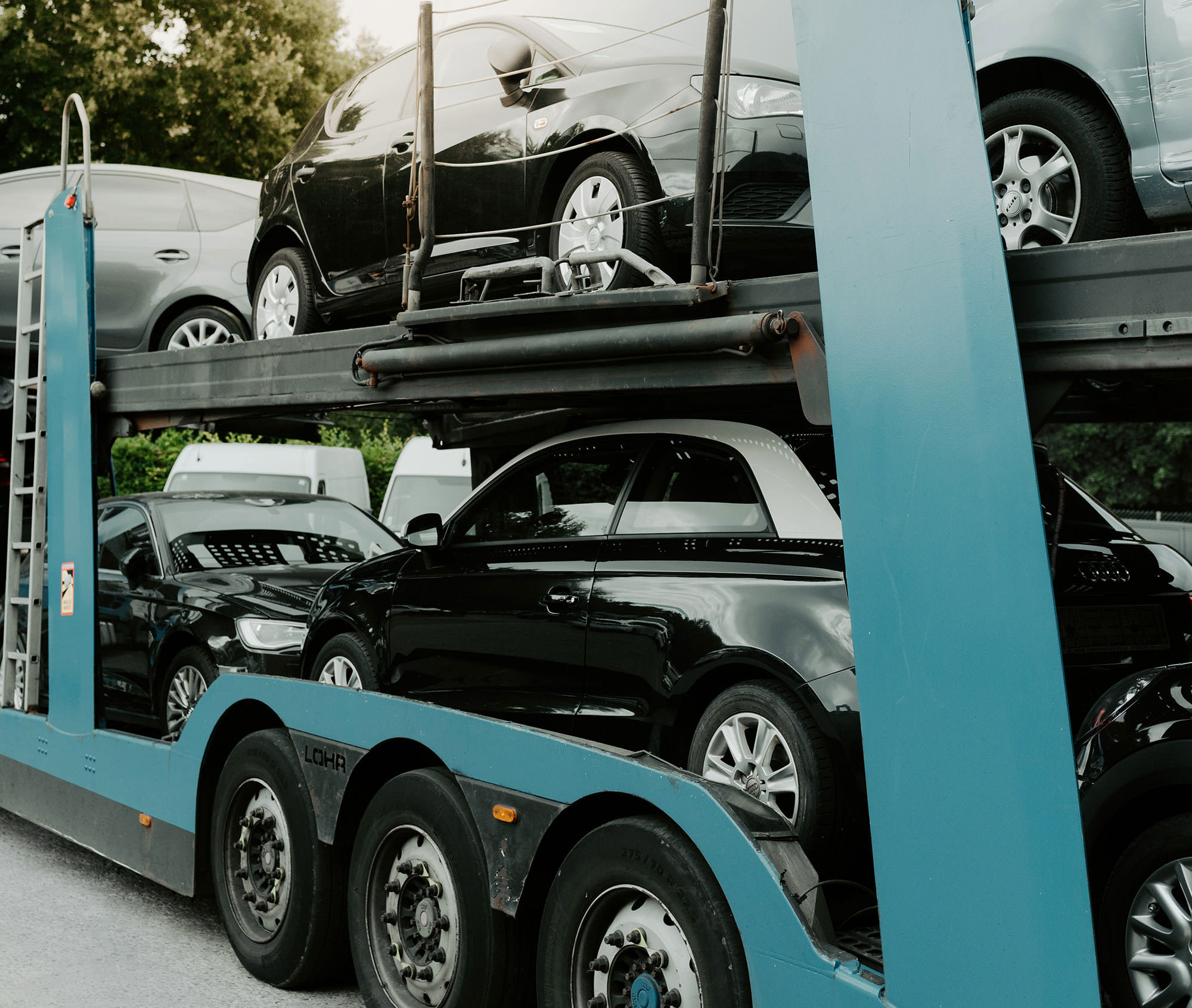
What are the best practices for tracking and monitoring vehicles during transit?
Staying informed about your vehicles' whereabouts and condition during transit not only provides peace of mind but also allows you to manage expectations.
- GPS tracking: Check if your transport company offers real-time GPS tracking. This technology allows you to monitor your vehicles' journey and estimated time of arrival.
- Regular updates: Agree on a communication plan with the transport provider for regular updates. This could be in the form of daily emails, texts, or calls.
- Point of contact: Make sure you have a direct point of contact within the transport company who can provide immediate updates or address any concerns during the transit process.
Post-Transport Procedures
The journey doesn't end when the vehicles reach their destination. Proper inspections, documentation, and follow-up actions are crucial to finalize the transport process effectively.
How should I manage inspections upon multiple vehicles' arrival?
Upon arrival, each vehicle needs an inspection to ensure it matches the condition it was in before transport.
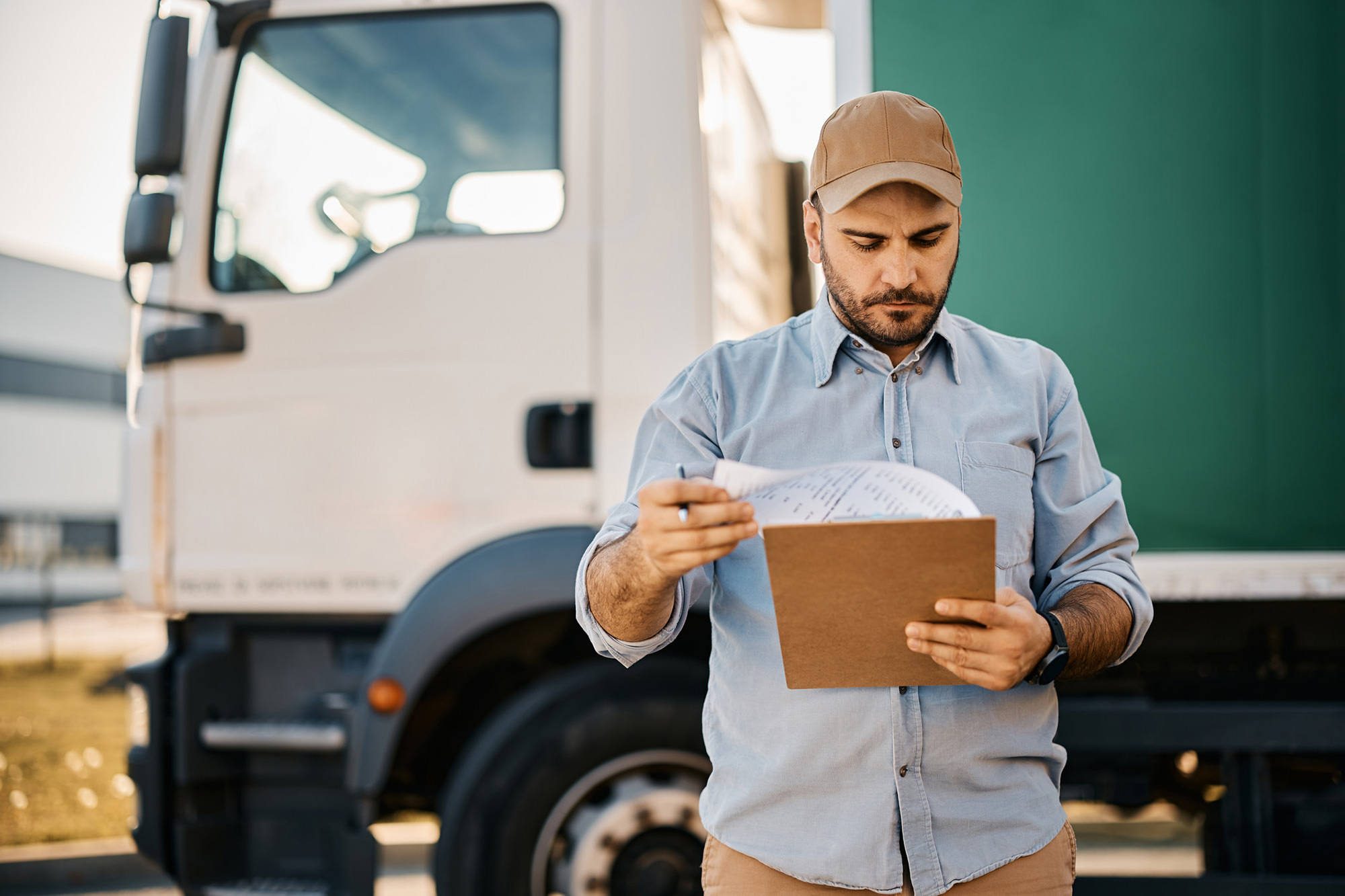
- Check the CMR: Once again, the CMR document will be your best point of reference. Check what the truck transport company wrote down in the CMR about the vehicle when they picked it up. The CMR will be your baseline for assessing the condition of each vehicle.
- Detailed inspection: For each vehicle, conduct a detailed inspection based on the CMR. Look for any new dents, scratches, or damages that may have occurred during transit. Use a checklist to ensure consistency across all vehicles.
- Photographic evidence: Take detailed photos of any discrepancies or damages found during the post-transport inspection. These photos will be crucial if you need to file an insurance claim.
- Immediate reporting: Report any damages to the transport company and your insurance provider as soon as possible.
What Is the process for registering imported vehicles for road use in the EU?
Registering imported vehicles for road use involves several steps, which can vary by country within the EU. However, a general process includes:
- Customs clearance: For vehicles coming from outside the EU, ensure that they've cleared customs. This includes paying any applicable duties and taxes.
- Documentation: Gather all necessary documentation, such as proof of ownership, vehicle insurance, and a valid identification. You'll also need the vehicle's transport documents showing its arrival in the EU.
- Vehicle inspection: Most countries require a technical inspection to ensure the vehicle meets local road safety and environmental standards. This may include emissions testing, lighting, tire condition, and overall vehicle safety.
- Registration application: With all the necessary documents and inspection reports, apply for registration at the local vehicle registration office. Fees for registration vary by country and vehicle type.
- Update records for your dealership: Update your inventory records with the vehicles' post-transport condition, including any damages or changes during transit.
- Compliance checks: For each vehicle, make sure that you have completed all compliance checks and registrations needed for them to be legally operated or sold within the EU. This might involve emissions documentation, safety standards compliance, and obtaining the necessary permits.
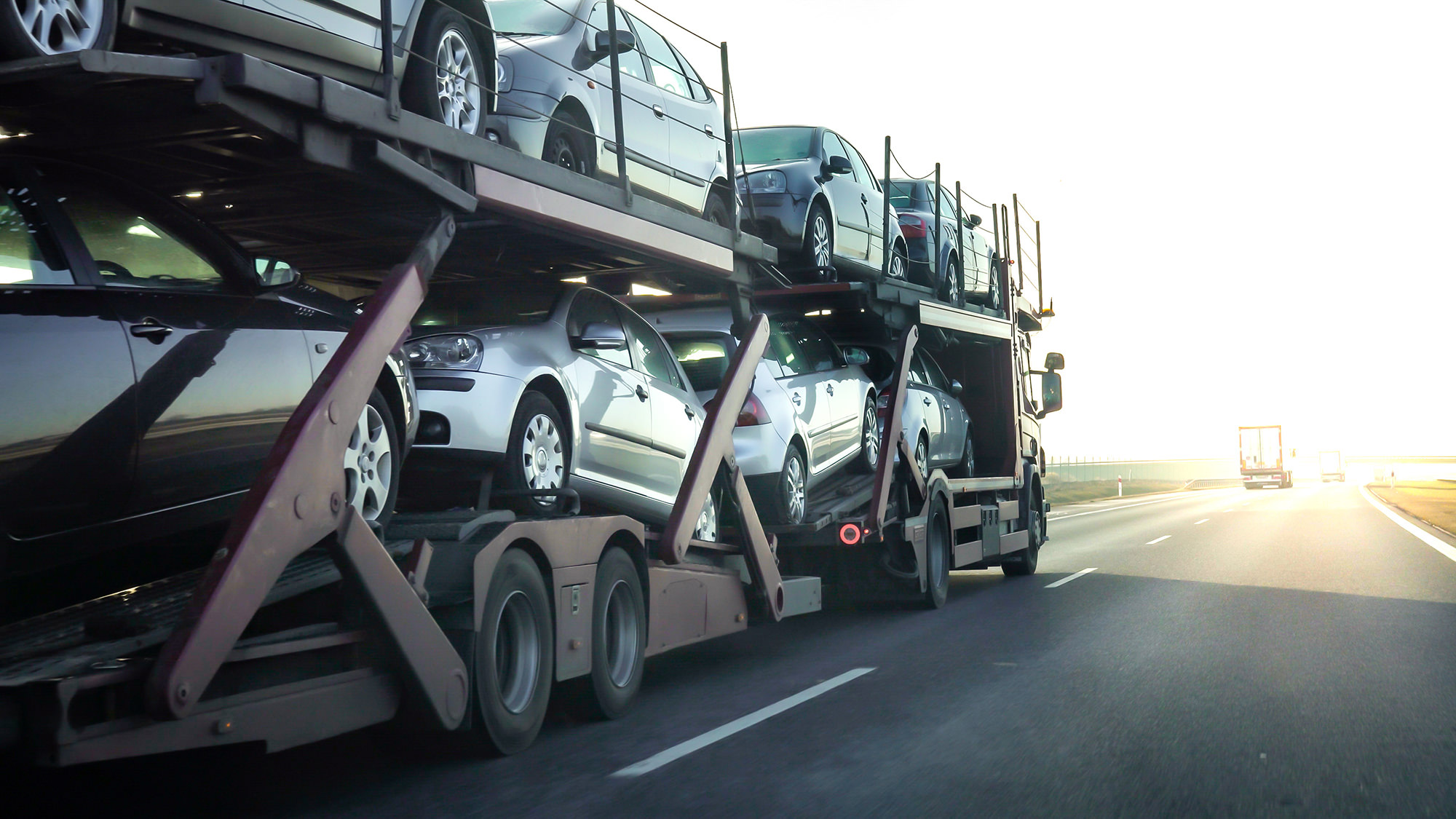
How to manage transport of multiple vehicles bought on eCarsTrade auctions?
By using a well-informed and strategic approach for transporting vehicles from eCarsTrade auctions, you can reduce risks, avoid delays, and ensure a smooth handover from auction to use.
This guide acts as a navigation tool, helping you manage the complexities of transporting multiple vehicles within the EU and other regions, making sure your purchases arrive safely, efficiently, and ready for use.
Whether it's learning about the CMR document, choosing the best transportation method, or ensuring your vehicles are properly insured and meet regulations, the process of transporting your vehicles can seamless and eCarsTrade is here to help you with that!
